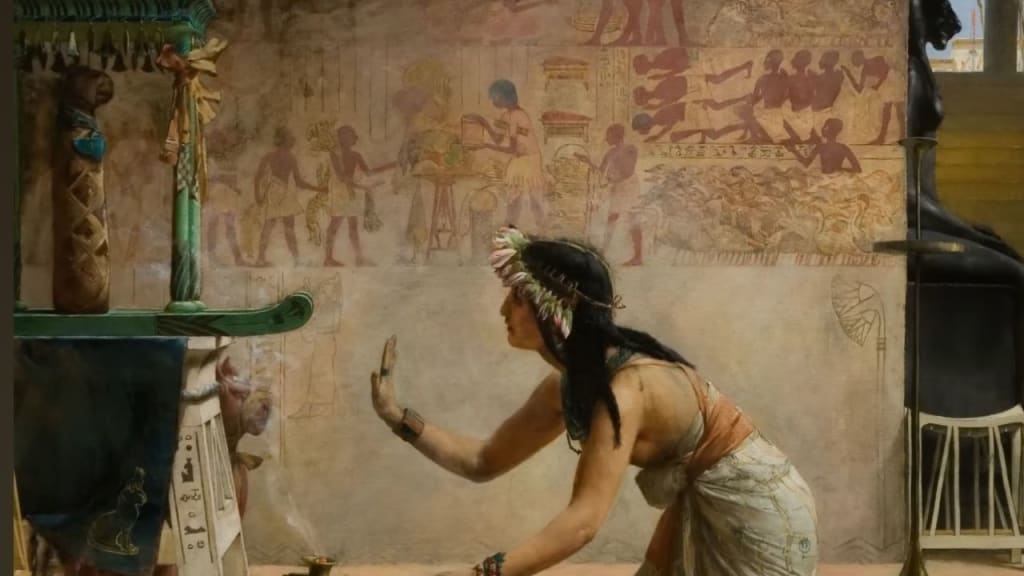Discovering the Fascinating History of Cat Worship at Chicago’s ISAC Museum
Cat Worship in Ancient Egypt

Discovering the Rich History of Cat Worship at Chicago’s Institute for the Study of Ancient Cultures
Exploring ancient cultures is a fascinating journey, especially when it involves the intriguing history of cat worship in ancient Egypt. One of the best places to embark on this adventure is the Institute for the Study of Ancient Cultures (ISAC) at the University of Chicago. This hidden gem, located on the university's campus, offers a deep dive into the ancient world, with a special focus on the Middle and Near East, including the entire Nile Valley.
Unveiling the Museum
ISAC, previously known as the Oriental Institute, houses an impressive collection of approximately 350,000 artifacts. Despite only displaying about 2% of its collection, the museum provides a rich experience for visitors. Dr. Marc Maillot, the museum’s chief curator, explains that the museum covers everything from prehistory to the Early Middle Ages, including the newly integrated Islamic collection display. This vast chronological range ensures that visitors can explore an extensive array of historical periods.
Highlights of the Collection
Among the museum's treasures is a remarkable wooden painted stela from the Third Intermediate Period. This piece features the divine priestess of Amun, Djed-Khonsu Amun, presenting an offering to the god Ra-Horakhty. The artist's skill in creating a sense of transparency in the costume without mastering perspective is particularly noteworthy. This piece, like many others in the museum, helps bridge the gap between ancient and modern worlds, showing that ancient people shared many of the same feelings and experiences we do today.
The Fascination with Cats
A significant part of ISAC’s collection focuses on the religious and cultural importance of cats in ancient Egypt. Cats were revered not only as pets but also for their religious significance. The ancient Egyptian word for cat was "miu," a term that evokes a sense of affection. There are accounts, such as those by Herodotus, describing how Egyptians would go to great lengths to save cats, even running into burning buildings.
Cat Worship in Ancient Egypt
Ancient Egyptian religion often intertwined with economic and social practices. Statues of cats, like those depicting the lioness goddess Sekhmet and the gentler goddess Bastet, reveal the dual nature of feline deities. Sekhmet, known for her fierce nature, was believed to protect her father Ra, the sun god. In contrast, Bastet represented a more nurturing aspect. The myths surrounding these goddesses highlight the importance of balance and duality in Egyptian beliefs.
The Darker Side of Cat Worship
While many cats lived as cherished pets, archaeological evidence shows a more somber side to their story. Temples dedicated to cat deities had large pens where cats were raised. Priests would sometimes cull the herds, taking kittens as young as three or four months old, and mummify them as offerings to the gods. This practice was believed to ensure the gods' favor, which in turn would bring prosperity to Egypt.
The Business of Cat Mummies
The mummification of cats was a significant industry in ancient Egypt. Cat mummies, often placed in elaborate coffins, were used as offerings to deities. The practice was so widespread that large quantities of cat mummies were found in cat cemeteries, or "catacombs." In the late 1800s, about 180,000 cat mummies from a single site were exported to the UK for use as fertilizer, highlighting the vast scale of this practice.
Amulets and Modern Connections
The museum also features amulets, small protective charms often worn by people or placed on mummies. These amulets, made from a quartz-based pottery called faience, depict various deities, including feline ones. Today, many people still wear cat-themed jewelry, showing a continued fascination with these mystical animals.
Reflecting on the Past
ISAC not only preserves ancient artifacts but also engages with the ethical considerations of how these collections were acquired. The museum focuses on partnerships and education to ensure a respectful and collaborative approach to studying ancient cultures. This commitment helps bridge the gap between past and present, making the museum a place of learning and reflection.
Conclusion
The Institute for the Study of Ancient Cultures is a treasure trove of history, offering insights into the ancient world and its connection to our modern lives. Whether you are a cat lover or a history enthusiast, a visit to this museum promises an enriching experience that highlights the enduring bond between humans and their feline companions.
About the Creator
Enjoyed the story? Support the Creator.
Subscribe for free to receive all their stories in your feed. You could also pledge your support or give them a one-off tip, letting them know you appreciate their work.






Comments
There are no comments for this story
Be the first to respond and start the conversation.